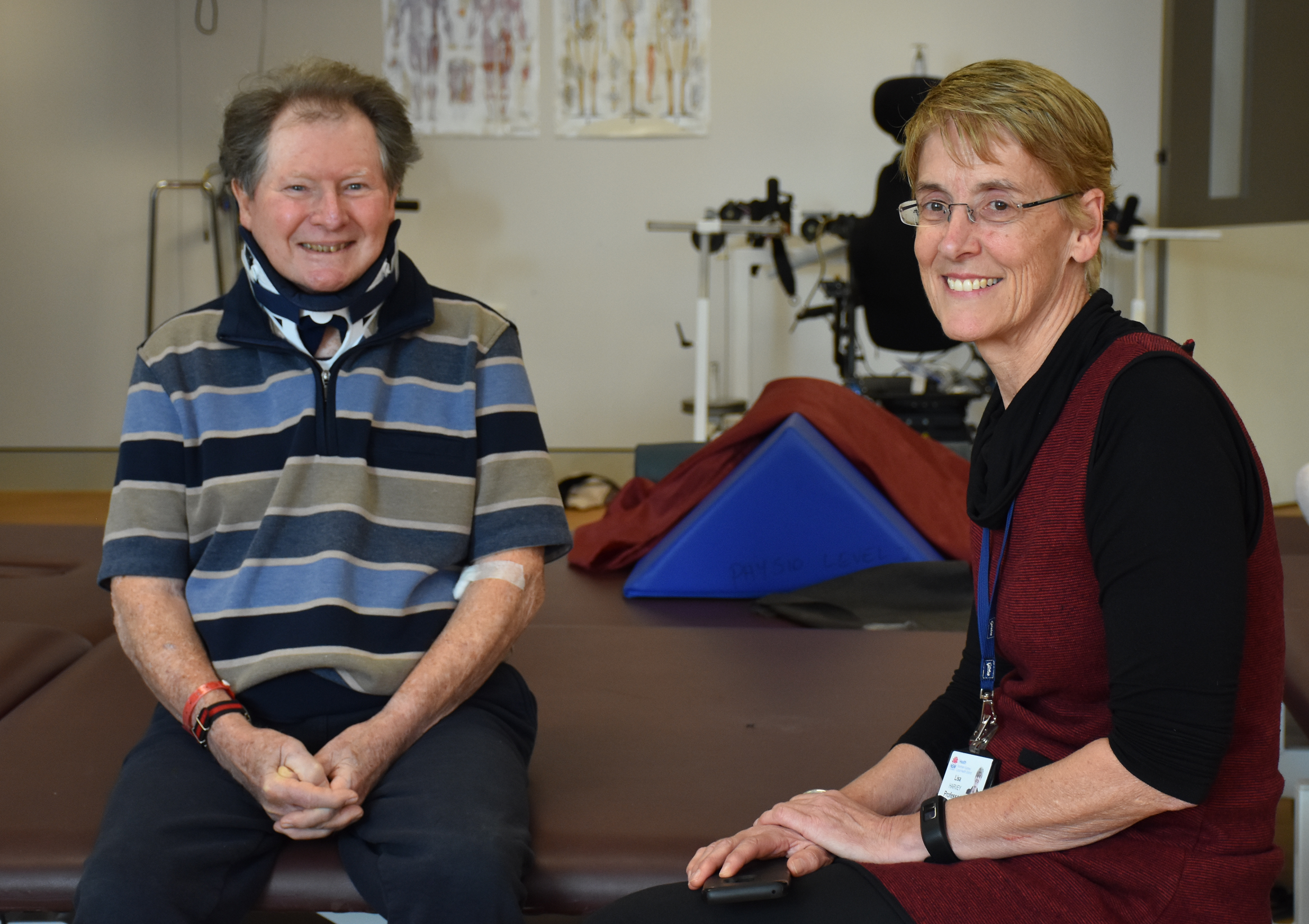

 An Australia wide trial is set to get underway with hopes it may lead to life-long improvements for those who experience a spinal cord injury.
An Australia wide trial is set to get underway with hopes it may lead to life-long improvements for those who experience a spinal cord injury.
Led by Professor Lisa Harvey from the Kolling Institute’s John Walsh Centre for Rehabilitation Research, the study represents a collaboration between the University of Sydney and every spinal injury unit in Australia.
The State Government is investing $2.5 million in the project, with the University of Sydney contributing $500,000.
Professor Harvey said researchers will assess the effectiveness of early and intensive physiotherapy on neurological recovery and function in people with a recent injury.
“The type of physiotherapy we are looking at will be directed below the level of the injury to take advantage of the plasticity of the spinal cord, and its ability to self-repair soon after injury,” she said.
“The treatment will aim to help partially paralysed muscles work again through a range of specific exercises, including walking on a treadmill with overhead suspension and electrical stimulation.
“It’s hoped the trial will provide evidence of the effectiveness of this intervention and its potential to make an immediate and life-long difference to people with a spinal cord injury.
“Once we have that evidence, this approach could be incorporated into clinical practice and rolled out on a large-scale across Australia.
“We’re very hopeful the treatment will lead to better outcomes for those with a spinal cord injury, improving their ability to live independently, and participate in work and leisure."
Nervous system control to improve outcomes
The Spinal Cord Injury Research Grants program is also investing $2.5 million in a world-first trial, led by Professors Ashley Craig and James Middleton from the John Walsh Centre and researchers from the University of Sydney, Macquarie University, UNSW and the University of British Columbia.
Professor Craig said spinal cord injuries can lead to significant problems such as highly unstable blood pressure and dysfunctional nervous system control. These can in turn cause sleep disorders, confusion and depression, and in some cases, sudden death.
“This research will focus on an approach to restore nervous system function, by encouraging those with spinal cord injuries to self-regulate their autonomic nervous system activity,” he said.
“Your nervous system is absolutely crucial for a healthy life, influencing almost every body and brain function, including blood pressure, heart rate, breathing and sleep.
“The trial will focus on teaching those with spinal cord injuries to control their brain and heart function by observing feedback on a computer screen.
“We are confident this innovative therapy will be successful, increasing life expectancy and quality of life, including improved vitality, sleep and mental health.”.
High tech approach may hold key to progress for those with specific injury
Prof Craig will join Profs Jim Elliott and James Middleton on a project to develop virtual reality technology to assist those with incomplete spinal cord injuries to improve their sense of touch and feeling.
The project follows a recent breakthrough which found 50 per cent of people with complete spinal cord injuries still had preserved nerve fibres. This meant that even though they couldn't feel when someone touched their toe, their brain was still receiving the message.
With this new understanding, the study will develop virtual reality technology to enhance surviving spinal nerve fibres and touch signals in the brain, to help restore touch perception.
Prof Elliott said this project brings together front-line innovation in scientific understanding of neurological changes with spinal cord injuries, and cutting-edge clinical applications of virtual reality.
“We didn’t believe these improvements were possible a year ago, so we expect this new approach will represent a significant step forward in spinal injury rehabilitation,” he said.